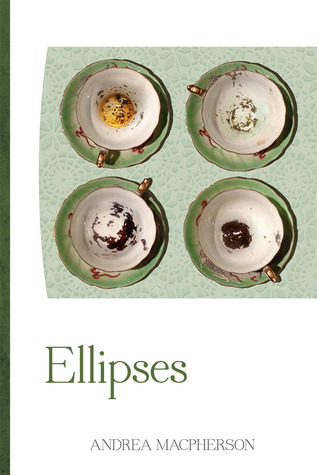By Megan Lambert (Contributor) – Email
Print Edition: May 21, 2014
Andrea MacPherson, a professor in the UFV English department, recently published a new collection of poetry entitled Ellipses. An ellipsis in writing is represented by three dots at the end of a sentence, to indicate an unfinished thought trailing off. This is fitting for this collection of poetry, as MacPherson seems to feel a timeless connection with other women and their stories.
After the death of her two grandmothers and the birth of her daughter, MacPherson felt “inspired by [her] new motherhood and a profound interest in the way we pass down female histories.”
The collection is not only influenced by her family, however. The poems also make reference to prominent female figures and literary characters, such as Sylvia Plath and Ophelia from Shakespeare’s Hamlet.
The poems are divided into sections dedicated to both grandmothers, literary and artistic influences, and her own experiences as a mother.
MacPherson brings her maternal grandmother, May, to life in “the other mothers” with an ability to recall knowledge of the imagery surrounding her past. Using photographic memories, MacPherson creates an intimate world for readers to discover May’s life as she chooses to reveal it.
The section “routine” is dedicated to her fraternal grandmother, Gertrude, and explores the process of long-term grieving. MacPherson picks up on small reminders throughout everyday life that remind of a loss, making this poetry raw, candid, and relatable.
“Shadowlands” is inspired by other writers, literary characters, and artwork. By drawing upon other sources, MacPherson pieces together a mosaic of different experiences which results in a universal bond connecting women regardless of time, social class, or age.
“Directions for Sleep” reflects MacPherson’s challenges and joys she faces in her own motherhood. The blend of strength, nurturing, and compassion inherited from her grandmothers before her, as well as the historical women who have inspired her, live in this last chapter.
MacPherson developed relationships with her creative and genetic ancestors beyond a physical restraint such as age or time. This gives her writing a deep intimacy, almost seeming as if she has lived as them. This is an immutable cycle of life and death, and perhaps the spirit of rebirth to the stories that nurture and shape us is the essence of motherhood.


